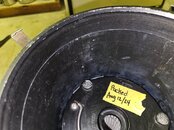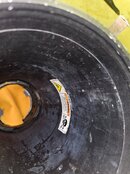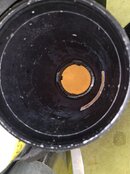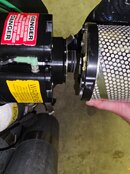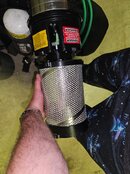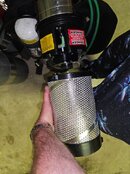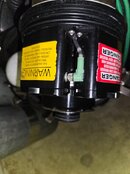Thanks to the IUCRR, whoever the Meg diver was conducting the inspection, and to all first responders and fellow divers involved. This reports reads like a real robust response from the dive community in Florida. Condolences to this person's son, family, and friends for such a tragedy. 20 years of experience on a CCR is notable and really underscores the need for continued vigilance throughout our CCR diving careers.
I want to preface this by saying I'm only asking this because I think someone else in the sub mentioned the CCR model, a type that I dove for 5 years without incident. The unit's reputation I think is well known by most CCR divers and this is a surprising accident to read about from my perspective. I hope this question adds context for other CCR divers...
--> To divers of the Meg 15 and prior, does the exhale tube seal engage the scrubber *before* the head/canister seal engages? My recollection from my Tiburon is that it does... I think maybe the mention of a 2" gap between the scrubber and head in the report was made to underscore how noticeably different this is physically from correct assembly. Even if the seals engaged at the same time, I imagine you could feel the absence of the centering/squaring influence of that exhale tube seal when closing the head and latching the 4 latches. I think I would also potentially feel how much more easily the head would assemble with the absence of that seal engagement (especially if I were bad about keeping them lubed...).
If I recall correctly, the difference between an 8 pound and 5.5 pound scrubber is 2", and the shorter head on the 15 and Tib is the reason you can fit a particular scrubber in one size smaller canister (mine was a 5.5 in a mini can for example) vs the 2.7 and before...
This is by no means a substitute for improvements in human factors features of any design should it be warranted and feasible, but I don't recall this being a particularly easy mistake to make or particularly difficult to notice (i.e. it would have a low score on a severity/probability/detectability score or RPN for my DFMEA friends).



